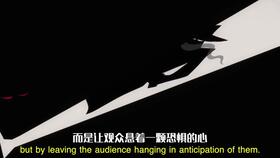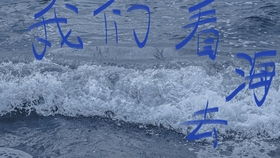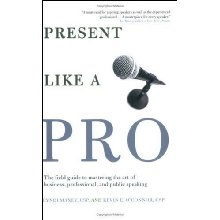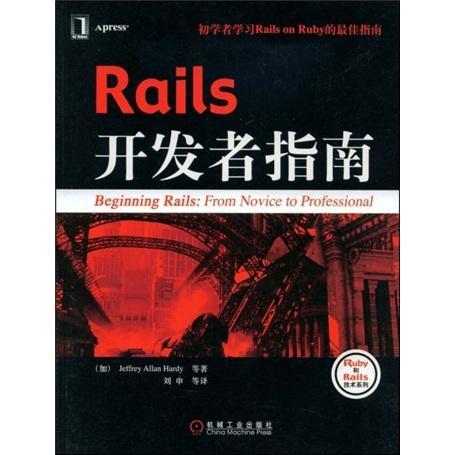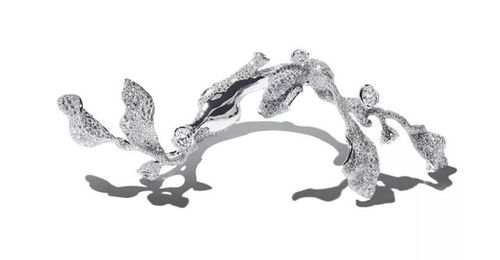In the tranquil serenity of a peaceful pond, the art of fishing can be both a relaxing hobby and a challenging pursuit. Whether you are a seasoned angler or a beginner looking to cast your line into the water for the first time, understanding the tricks of the trade can significantly enhance your fishing experience. In this article, we delve into the essential pond fishing techniques and share valuable experiences to help you catch more fish and enjoy your time on the water.
Understanding Pond Fishing
Before you can start fishing effectively, it's important to understand the basics of pond fishing. Ponds are typically smaller bodies of water compared to lakes and rivers, which means they often have a more limited range of fish species and may have specific environmental conditions that you need to be aware of.
Choosing the Right Equipment
The right equipment can make a world of difference in your pond fishing experience. Here's what you need to consider:
Rod and Reel: Choose a rod and reel that are appropriate for the type of fish you are targeting. Lighter rods are ideal for panfish, while heavier rods are better for larger species.
Line: The type of line you use should match the size of the fish you're aiming to catch. Monofilament line is versatile and less visible in water, while fluorocarbon line is nearly invisible and offers more sensitivity.
Hooks: Select hooks that are the right size for the bait you're using and the fish you're targeting. The hook size should not be too large or too small for the bait.
Bait: Understand what the fish in the pond are eating. This could be worms, insects, or even commercial baits like corn or dough.
Finding the Best Spots
Locating the best spots in a pond can greatly increase your chances of catching fish. Here are some tips:
Research: Before you set out, do some research on the pond. Look for areas where fish are likely to congregate, such as near the edge of the pond, around submerged trees, or near weed beds.

Observe: Once you're at the pond, observe the water. Look for signs of fish activity, such as bubbles or splashes.
Experiment: If you're not sure where to start, try casting your line in different areas and see where you get the most bites.
Techniques for Success
Now that you have your equipment and a general idea of where to fish, here are some techniques to improve your chances:
Patience: Fish may not bite immediately. Be patient and wait for the right moment to set the hook.
Feeding the Bait: When using live bait, it's important to keep it moving. This mimics the natural behavior of the bait in the water and can trigger a fish to strike.
Adjusting Techniques: If you're not getting bites, try changing your approach. This could mean using different bait, varying your retrieve speed, or even changing your lure type.
Timing: Fish are more active at certain times of the day. Early morning and late evening are often the best times to fish.
Safety and Etiquette
Always prioritize safety and follow good fishing etiquette:
Safety First: Wear appropriate clothing and footwear. Be aware of your surroundings and other anglers.
Respect the Environment: Keep the area clean and respect wildlife. Do not leave litter behind.
Share the Experience: If you're fishing with others, share your knowledge and experience. It's a great way to bond and pass on valuable tips.
Personal Experience
As an experienced angler, I have learned that the key to successful pond fishing is not just about the equipment or technique but also about understanding the fish and the environment. Over the years, I have had many memorable catches, from the thrill of catching my first bass to the satisfaction of teaching beginners the basics.
In conclusion, pond fishing can be a rewarding and enjoyable activity for anglers of all levels. By understanding the basics, choosing the right equipment, and applying effective techniques, you can increase your chances of success. Remember to always respect the water and the fish, and most importantly, have fun in the pursuit of your next big catch. Happy fishing!
